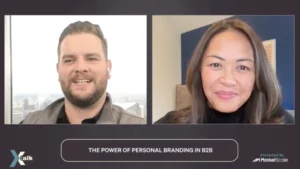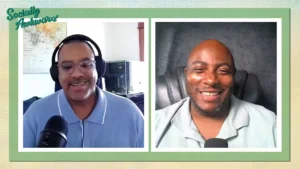ThenWhat 3×5: The Future of Modern Aging and the Changing Consumer Behavior
David Stewart, Founder & Face of AGEIST, believes that it is possible to live one’s best life is possible at any age. He joined Grant Barth in a conversation on modern aging and how that’s changing consumer behavior. While sixty may not be the new thirty, but it doesn’t have to mean ‘ready to think of retirement’ either.
“I understand why it’s just so much easier to say, people thirty to fifty or fifty to sixty,” Stewart said. “Done deal. There you go. But it gets confusing. There are, I believe, certain human developmental phases that have been reasonably true through human history. But these are really broad. As people get older, the demographic is going to split. And it’s going to split radically down all kinds of different lines.” The youth culture, which many brands focus on, does not contain much difference. But someone in their 60s in the South may be far different than someone in their 60s on the west coast.
Something Stewart noted brands need to tackle is how do people see themselves in the future. “That’s going to determine their future spending patterns, their ambitions, where they want to go, what do they want to do with the rest of their lives.”
Lifespan and healthspan are two measures that have shifted and changed over the years. Regardless of health, people are living longer, although that’s not the case for everyone. Overall health quality could dictate how people ages sixty and above spend their time and their consumer behaviors. In the future, Stewart said there would will be people in their 90s starting new businesses. So, not too far down the road, people could be saying, Ninety is the new forty.








